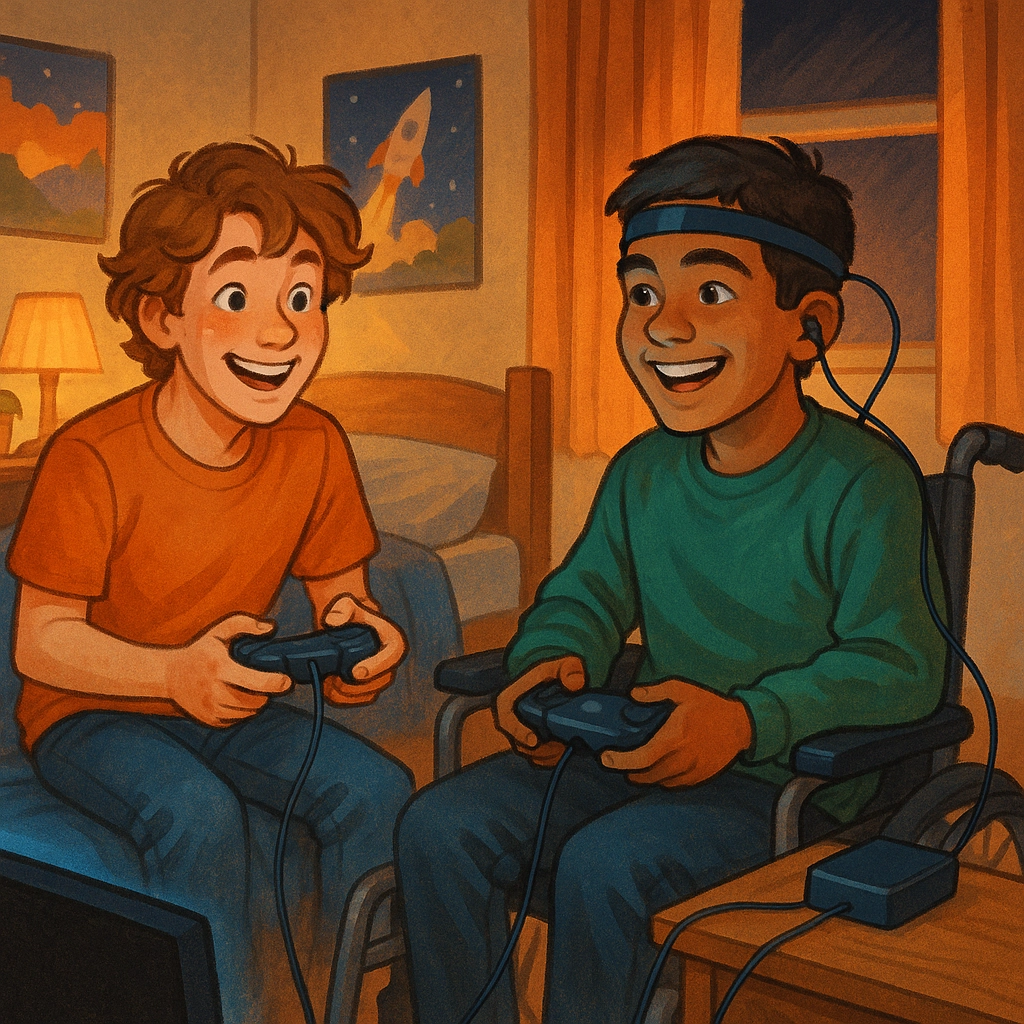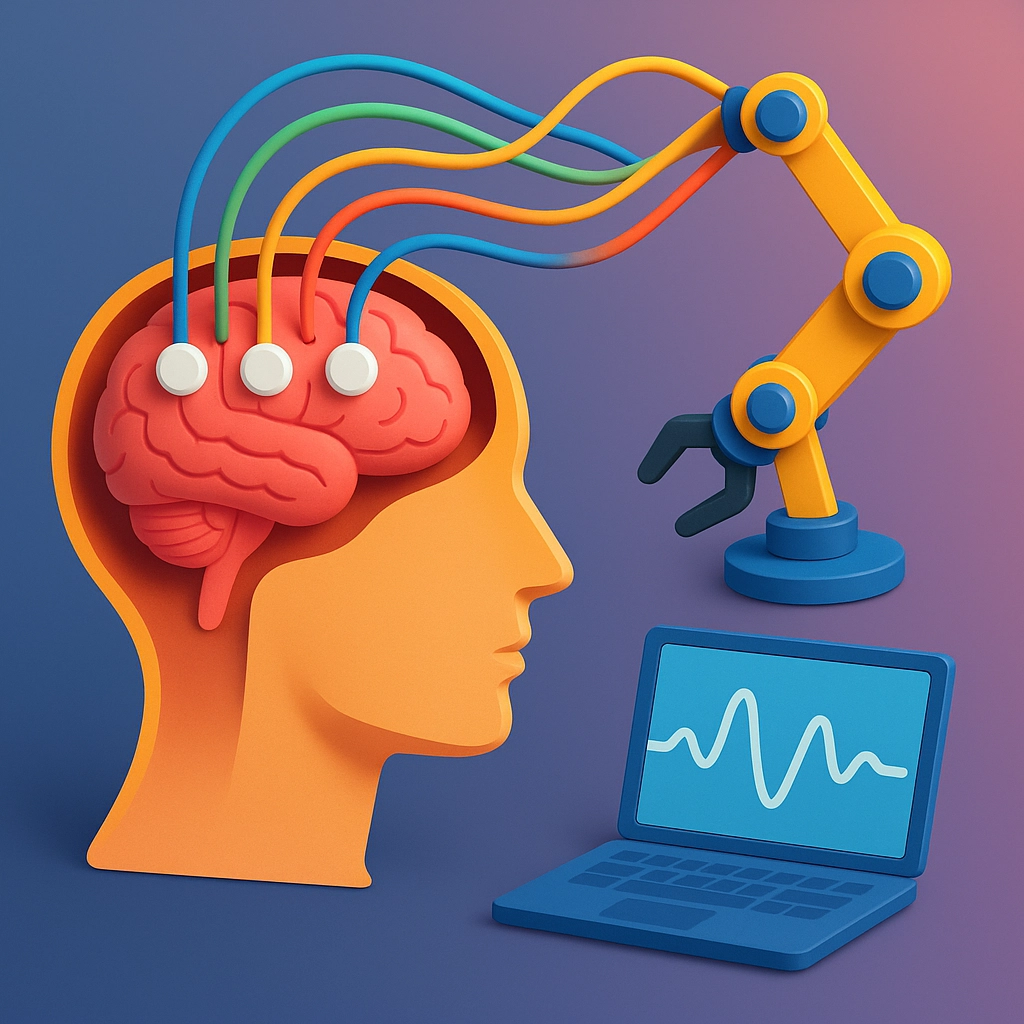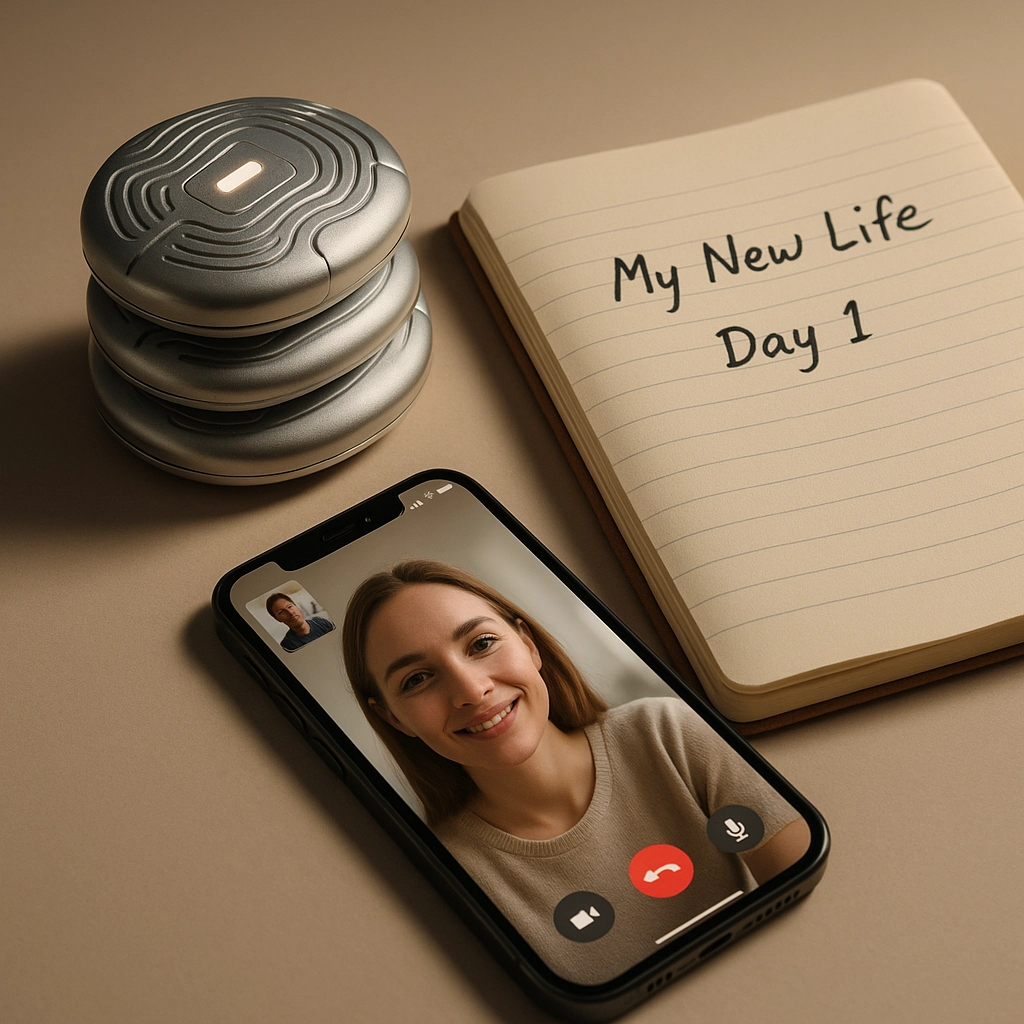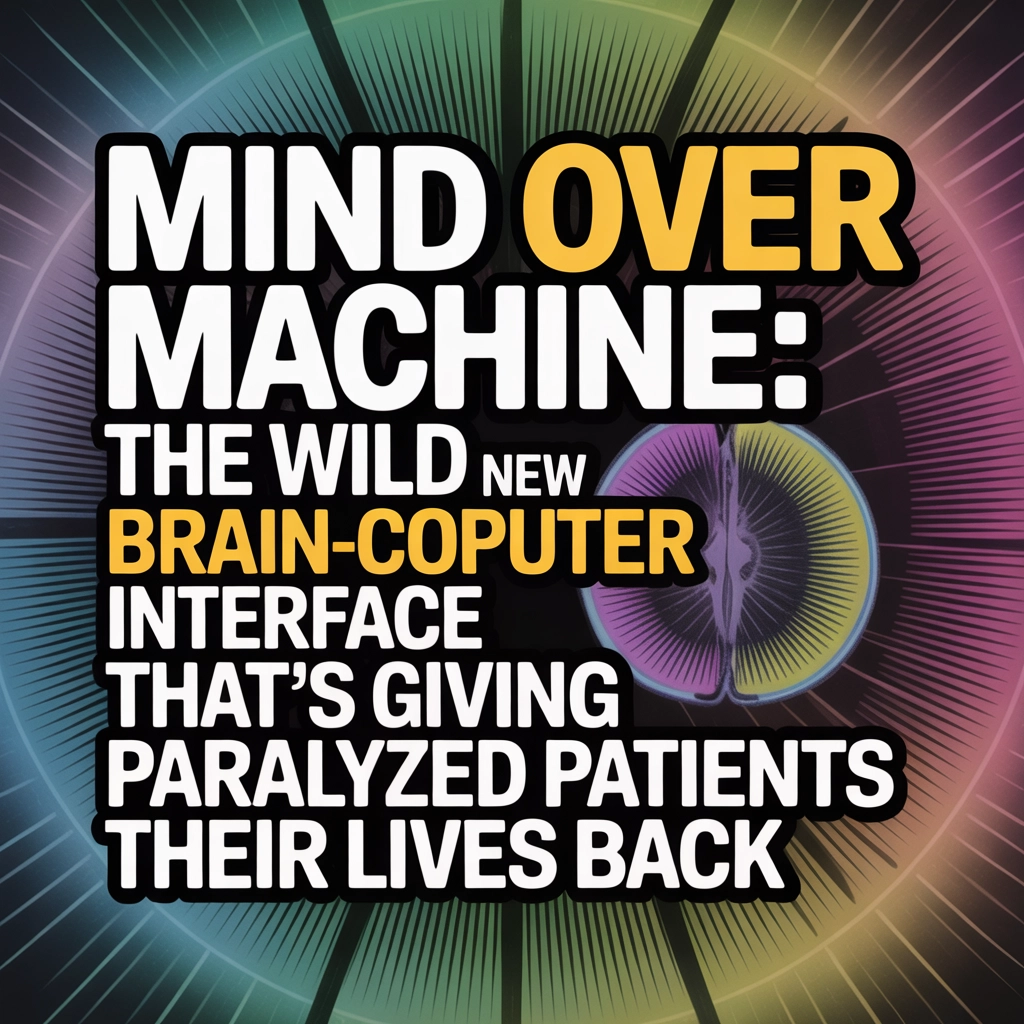What if you could pick up a pen or chat with friends—not with your hands, but with your mind? For people living with paralysis, this wild idea isn’t a sci-fi fantasy anymore. It’s happening, right now, thanks to a new kind of brain-computer interface (BCI) that’s rewriting the rules on what’s possible for folks who've lost movement. The science is wild, the stories are inspiring, and the results? Honestly jaw-dropping.
The Unbelievable Leap: 7 Months of Mind Control
Let’s get right to the headline-grabber: Scientists at UC San Francisco have created a BCI that let a paralyzed man control a robotic arm for seven months—no constant tune-ups or tech hiccups necessary. Think about it. That’s over 200 days of smooth, thought-powered movement, blowing past what previous BCIs could manage (usually just a day or two before the system needed resetting).
The secret sauce? Artificial intelligence that learns and adapts, right alongside the user. As the patient kept imagining movements with his paralyzed arm, the BCI kept up—growing smarter, faster, and more responsive. Instead of fighting with recalibrations, both the person and the AI just… got better at working together.
"This blending of learning between humans and AI is the next phase for these brain-computer interfaces," says Dr. Karunesh Ganguly, the UCSF neurologist behind the study.
Imagine picturing yourself grabbing a coffee cup—and a robot across the room just does it. No wires, no middleman—just mind over machine.

“Sometimes I Forget I’m Paralyzed”: Real Stories of Power and Hope
Noland Arbaugh knows what that’s like. The first-ever person to get an implant from Neuralink (Elon Musk’s BCI start-up), Noland suffered a diving accident years ago, leaving him totally paralyzed below the neck. Now, with electrodes in his brain, he can browse the web, move a computer cursor, and play video games, simply by thinking.
He told interviewers, “Sometimes I forget I’m paralyzed.” For anyone who’s felt trapped in their own body, those words hit hard. Over Zoom calls and text chats, Noland has shown off how natural the experience feels. He’ll scroll Reddit, clearly grinning, and you realize: He’s not just a test subject—he’s a guy getting his life back.
Storytime: Picture this—two roommates playing Mario Kart. One uses old-school hand controls, the other, paralyzed from the neck down, races using only his thoughts. Guess which one wins? If you're betting against the mind-controlled Mario, think again.

Meet the Tech: How Your Brain Talks to Robots
You’re probably wondering, how does it work? Here’s the lowdown:
- Doctors surgically implant an array of tiny electrodes into the brain’s motor cortex (the part that, usually, shouts instructions to your arm or leg).
- The electrodes pick up brain signals—think of them as super-advanced microphones that “hear” you planning a move.
- A computer reads those signals and translates them into action on a screen or, in some labs, through a real robotic limb.
- AI software keeps learning as the person practices, smoothing out hiccups and building a reliable bridge between thought and movement.
Years ago, Stanford researchers showed paralyzed volunteers typing up to eight words a minute—with nothing but brainwaves. A participant with a spinal cord injury zipped through 39 characters per minute, just by picturing the letters.
Bullet point summary:
- Tiny brain implants pick up electrical signals during imagined movement
- A computer translates these signals into digital commands or robotic motion
- Custom AI systems adapt to the brain’s ongoing changes, no daily recalibration needed
- Users can type, move robotic arms, control cursors, and more—just by thinking
- These breakthroughs promise more independence and real-world utility for people with paralysis

From the Lab to Real Life: What This Means for Patients
This tech wins because it’s getting more reliable. Early BCIs were kind of like moody houseplants—high-maintenance, unpredictable, and just as likely to flop as flourish. Now, we’re talking robotic arms that respond every day, for months, without tweaks.
Why is that such a big deal? Because, for people with tetraplegia (that’s paralysis from the neck down), it’s the difference between constant frustration and actual freedom:
- Self-feeding
- Picking up a phone for the first time in years
- Scratching an itch without a nurse’s help
- Giving a real handshake

Researchers discovered something wild: Beneath all the brain’s daily mood swings, there’s a stable “meta-structure” in the way we imagine moving. By tapping into that, these BCIs are now consistent enough to matter outside the lab.
The goal? Not just moving a cursor—but regaining agency in the real world.
Where Do We Go From Here?
Let’s be real, we’re not talking about overnight, sci-fi miracles. Brain surgery is still part of the package, and these aren’t gadgets you’ll find on Amazon next week. But the pace is wild. BCIs are leaping from stuffy labs into homes. Commercial versions are already getting FDA attention. Scientists hope to shrink the tech, ditch the wires, and even go wireless—so future users can control phones, smart homes, and more.
Dr. Nicholas Hatsopoulos, a BCI pioneer, says, “We’re learning as much about the brain’s inner workings as we are about the technology itself.”
And honestly, so much of this is still about human connection. Technology’s cool, but the best part is watching someone high-five their friend, text their mom, or hold their partner’s hand—after years of just dreaming about it.
What part of “mind over machine” blows your mind most? Would you volunteer to try a BCI? Or do you think the tech will hit prime time in our lifetime? Turn your thoughts into comments—we’re dying to hear what you think.








